









In conclusion, I think that I completed this project well, making sure I created detailed blog posts about everything I made and learnt. I think one of the strongest areas of my project was the number of photos I took, as I believe I photographed quite a large number of objects for each section of the photographing process. This enabled me to have a wide variety of photos that I could later print and edit. However, I think I could’ve produced a greater amount of experiments so that I could choose the best images from a bigger variety of edits as well as try out more photo montage techniques. On the other hand, I believed I applied the knowledge I gained about different aspects of photography (such as aperture and shutter speed- but also topics such as still-life) in my work well, making sure each photoshoot linked in well with the topic/ skill. Another area of my project that I think was successful was linking my work in with the different artists and photo montage techniques we studied. For example, the photoshoot I did in the style of Mary Ellen Bartley resulted in a good selection of images that closely linked in with her work.

Firstly, I think the unedited photos I used were already quite strong photos, including two personal objects to create a simple still-life image. Furthermore, both images included continuous, coloured lighting- which immediately made the picture more interesting. I like how the two images put together created not only a interesting photo montage edit (since one of the halves was flipped upside down to create the unsymmetrical look), but also contrast between the background colours in both photos. Furthermore, I was inspired by Idris Khan and decided to duplicate the photos, slightly rotating them and reducing the opacity to create a sense of motion in the edit, resulting in this cool, merged effect. Overall, I think this edit is very effective since it clearly resembles a photo montage as well as linking in with an artist.









Mary Ellen Bartley is an American photographer who is famous for the unique way she captures ordinary, everyday objects in her photographs. One of her most well-known projects, ‘7 Things Again And Again’, is a perfect example of this. The project consisted of her photographing 7 objects in different arrangements and using different methods everyday to create an interesting set of photos. The link below is a video talking about the project in depth:







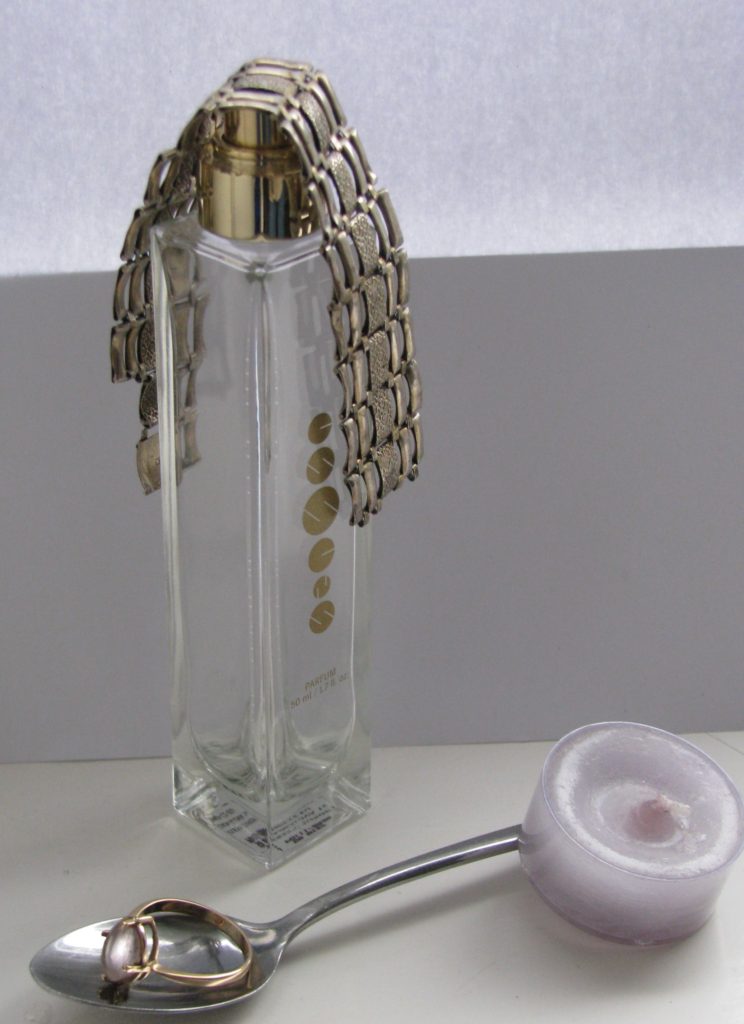
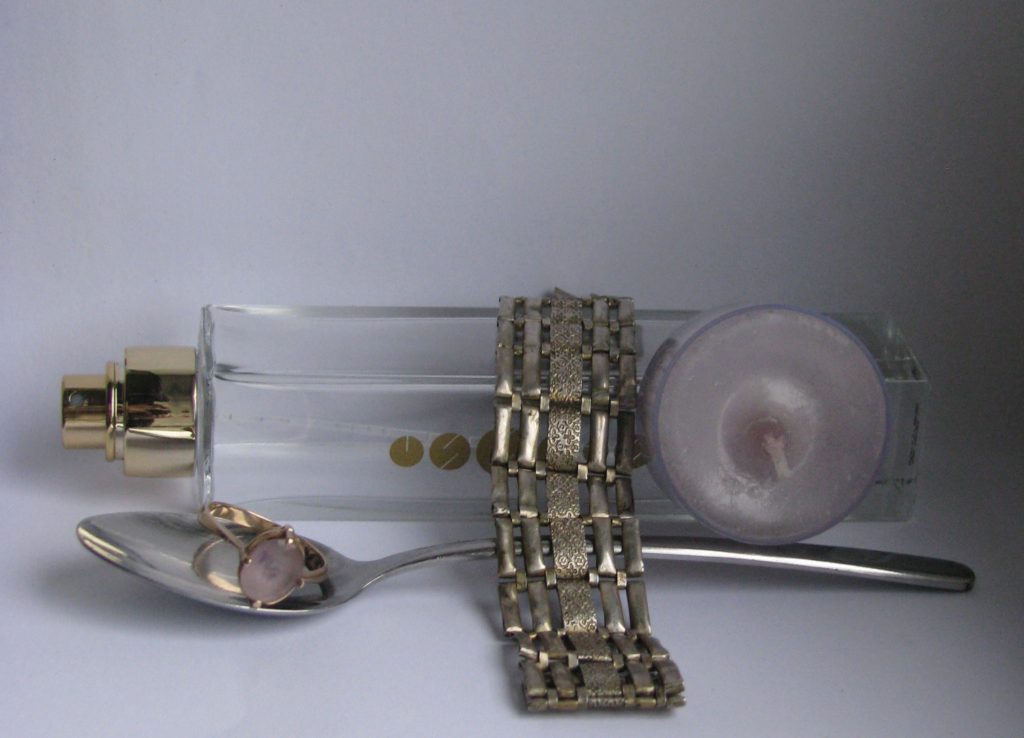
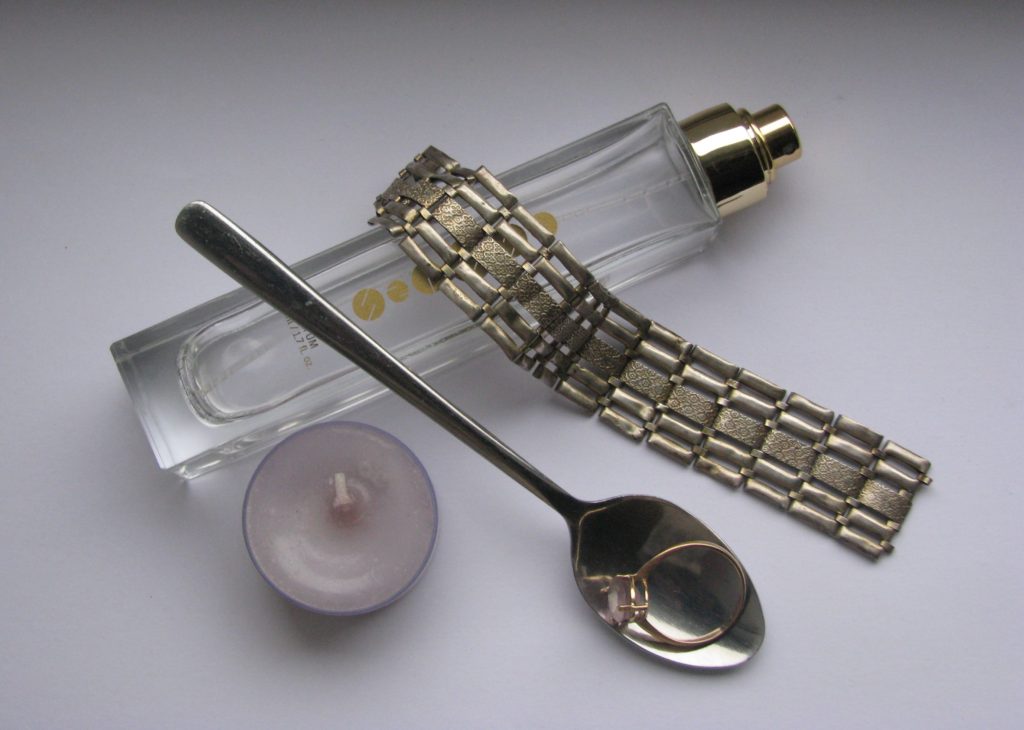
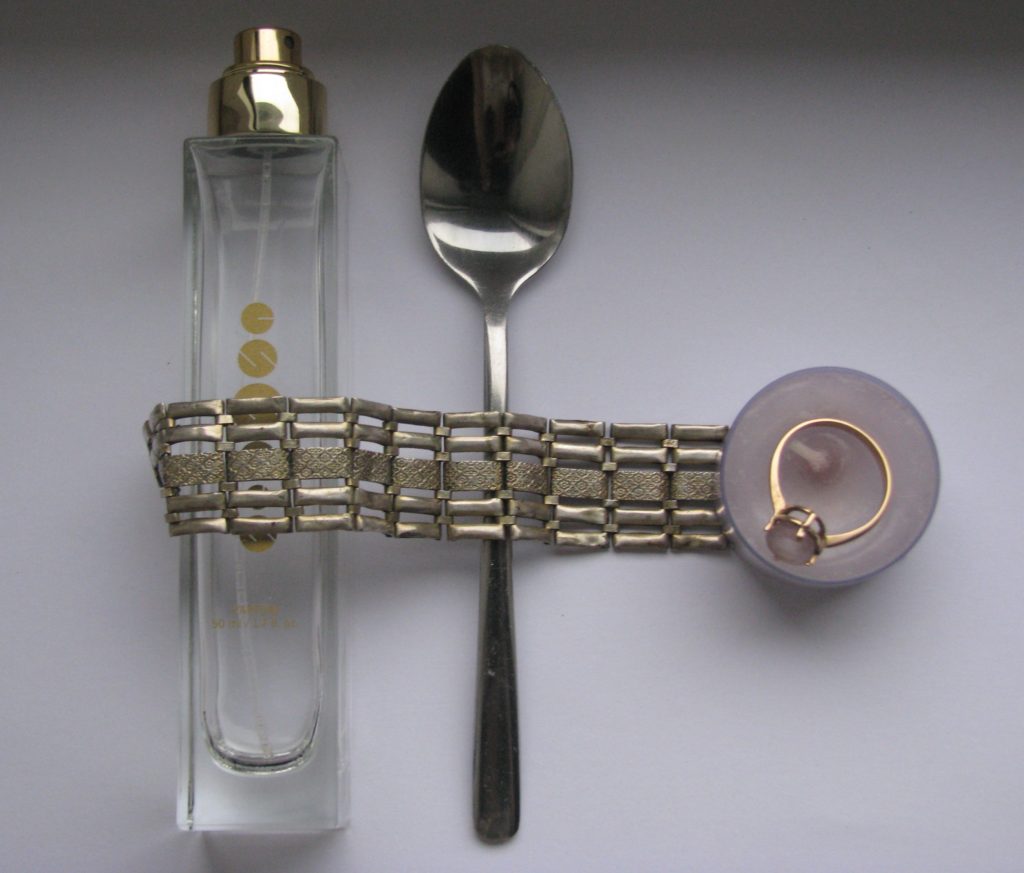
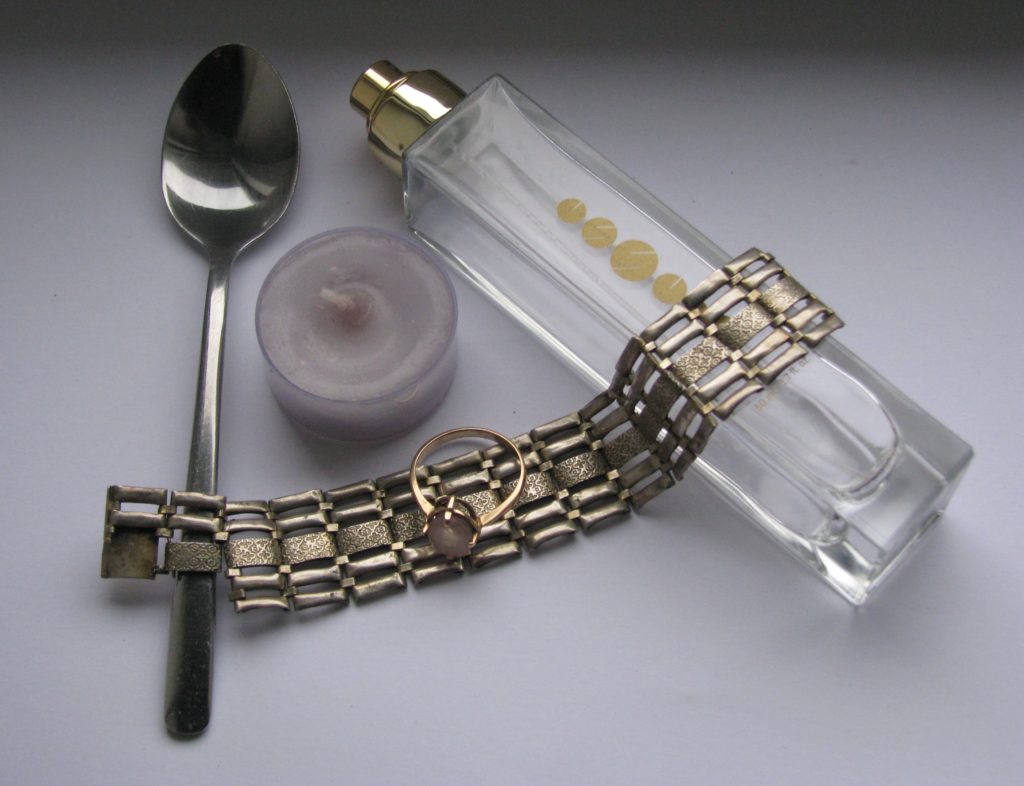
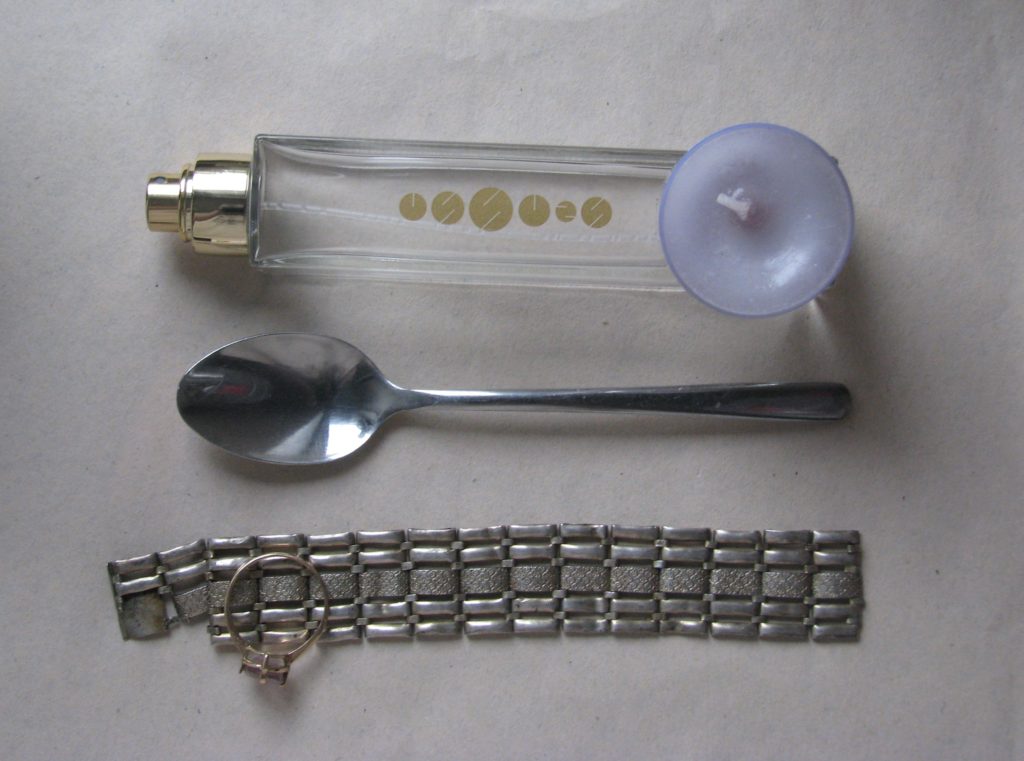

I created two galleries to present my images. I used the transform tool in photoshoot fir my edits/photos into frames in a white space gallery. After selecting my photo using CTRL and T, I selected the distort option which allowed me to place the image perfectly in the space, even at an angle.


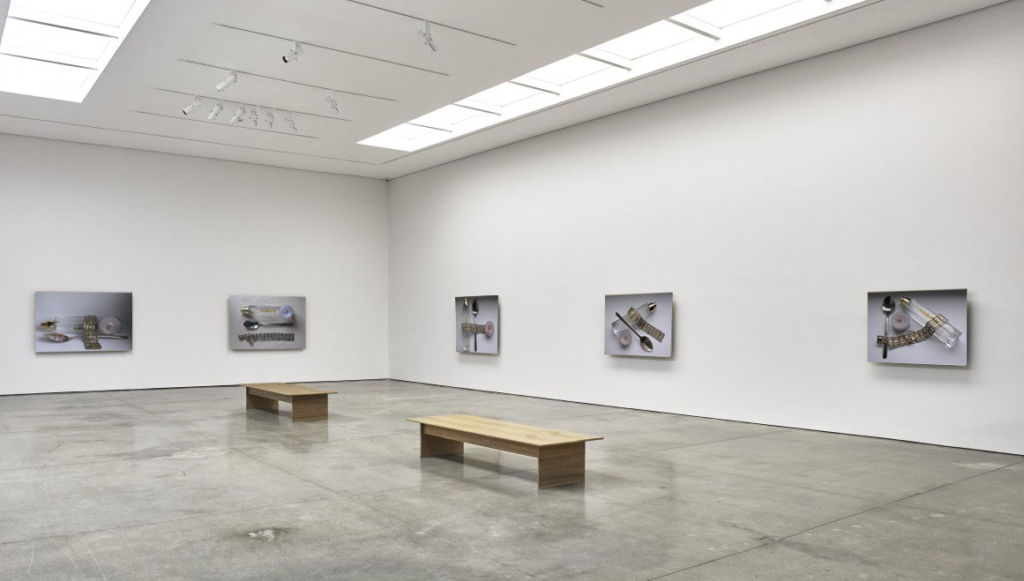

I also created a virtual exhibition, presenting two of my still life photoshoots. Here is the link for the exhibition: https://www.artsteps.com/embed/63623bbfb61bbf3c92d471f2/853/480




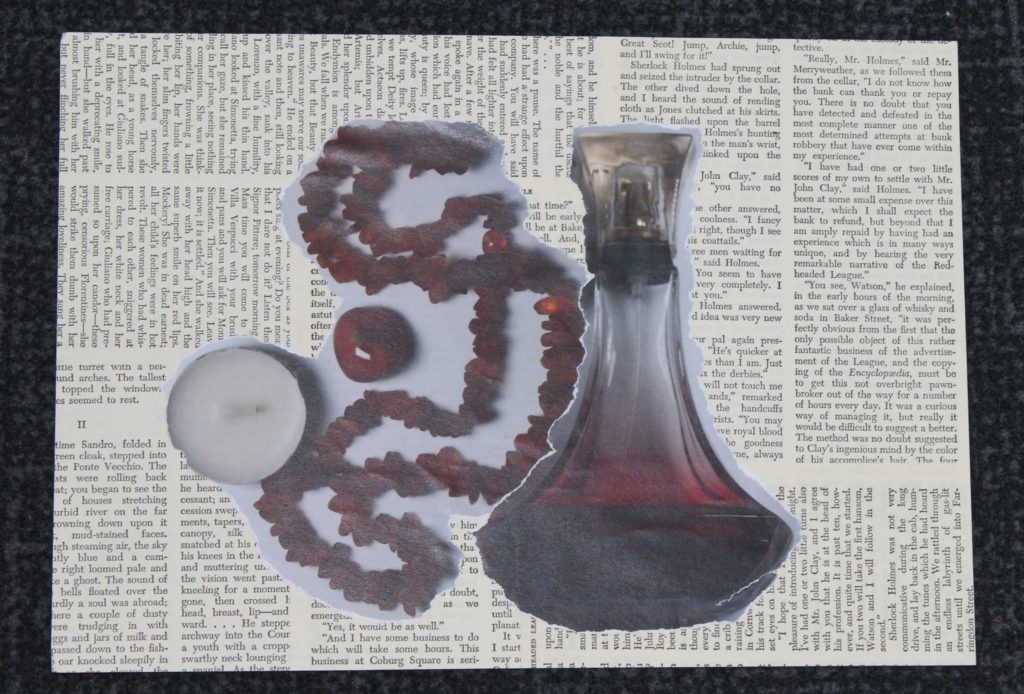
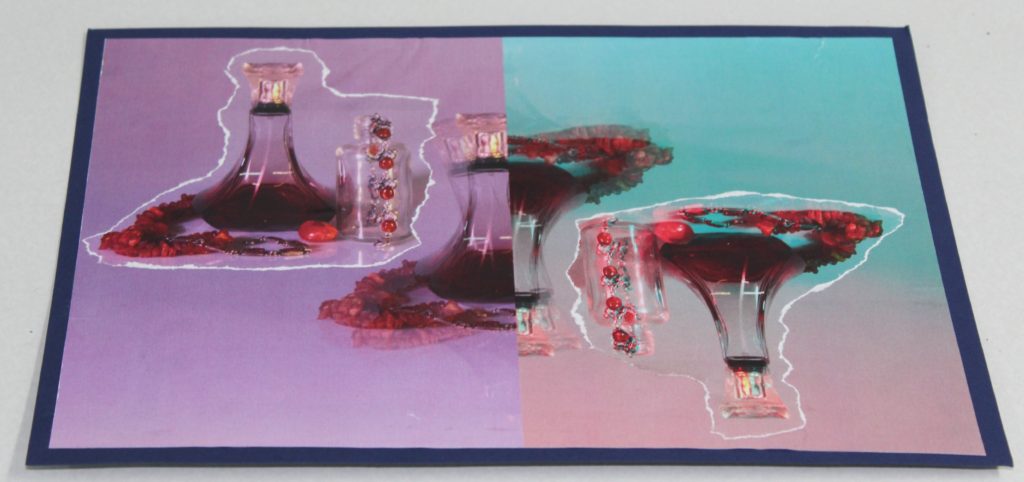




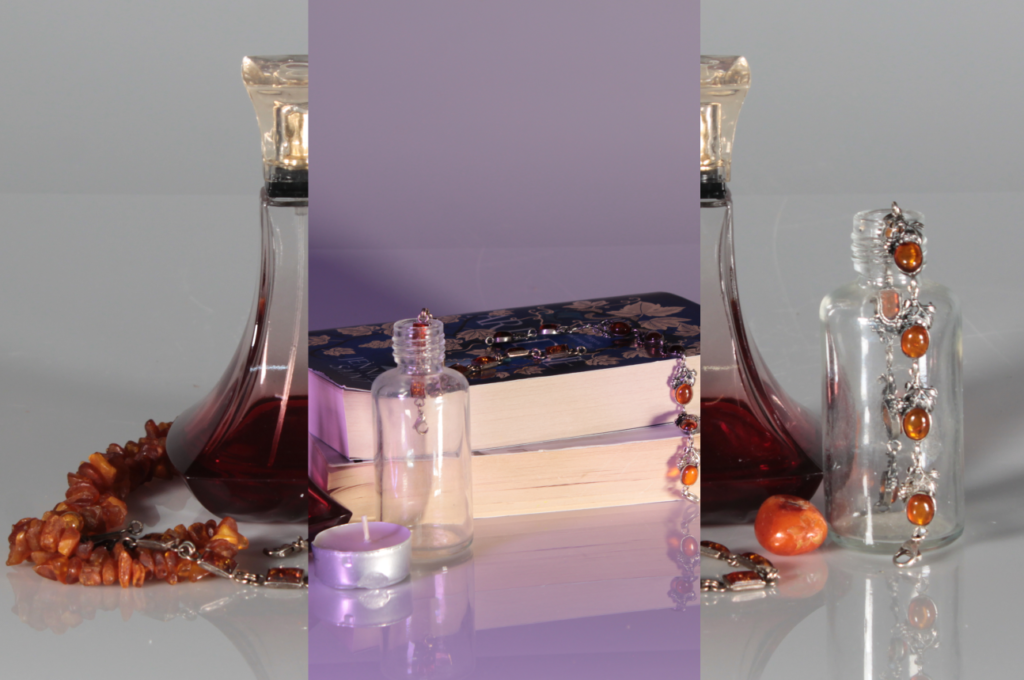

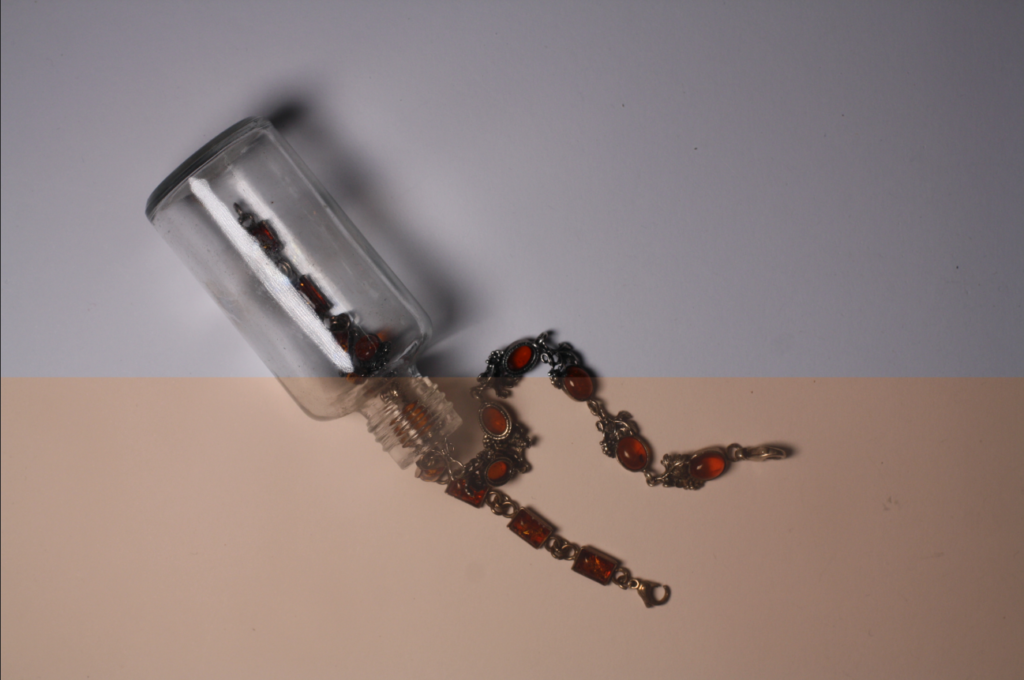
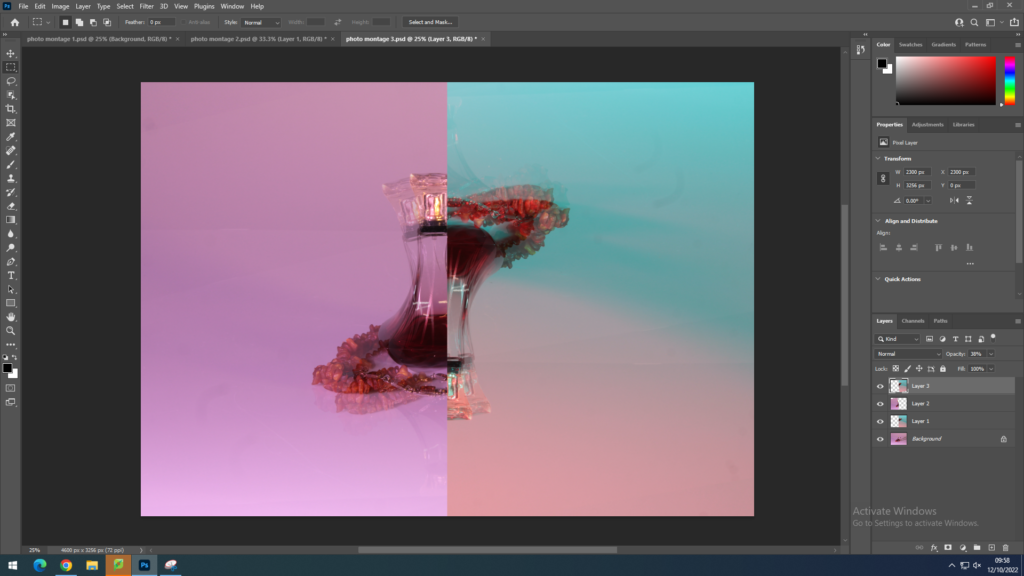

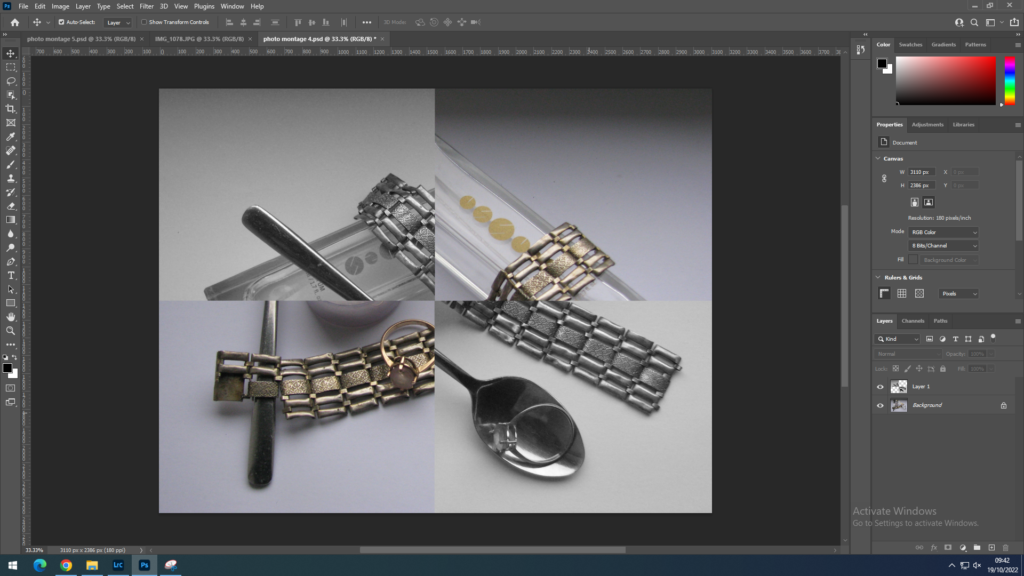
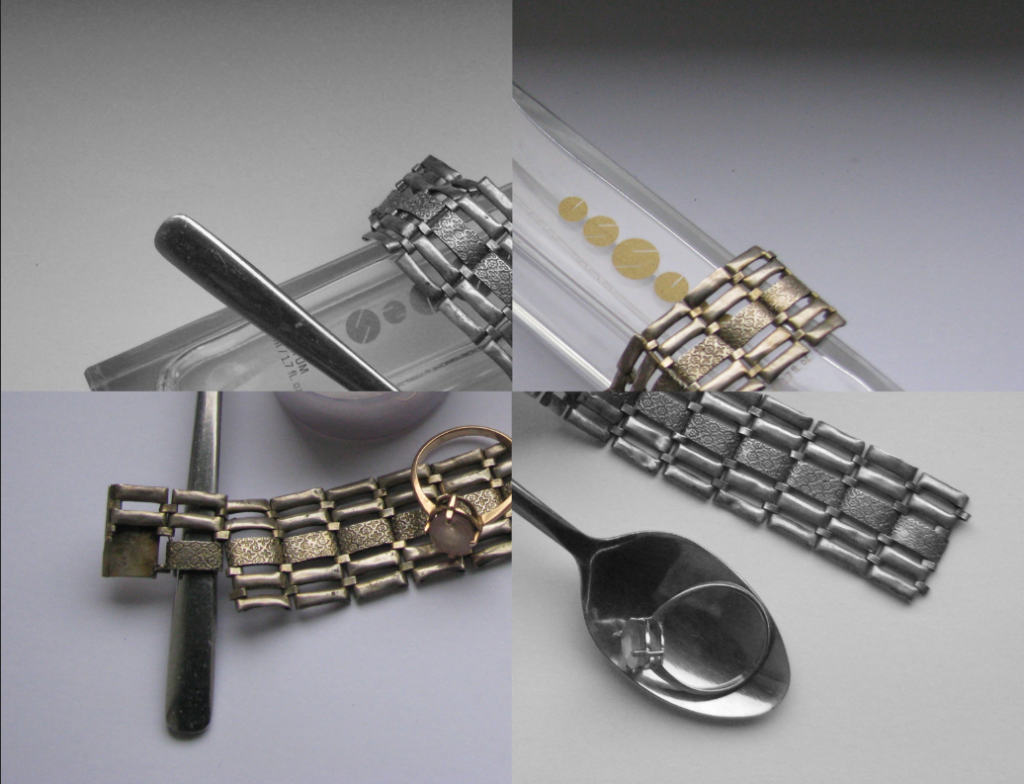
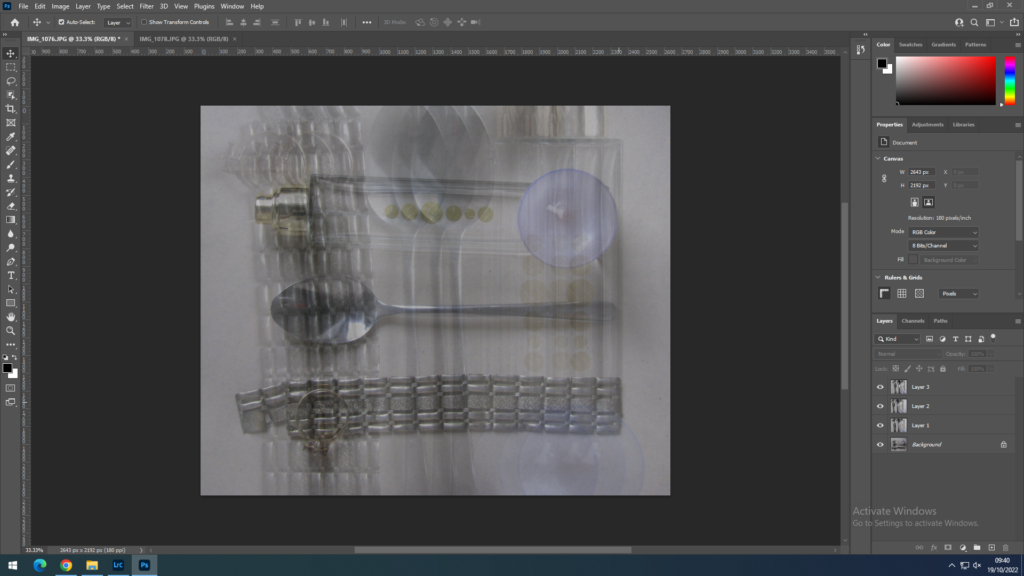

A photomontage is a collage constructed from different photographs. It can also be describes as a combination of several photographs joined together for artistic effect or to show more of the subject than can be shown in a single photograph.
The technique has been used to make political statements and became well known in the early 20th century, mainly World War I and II.
Artists such as Raoul Haussman , Hannah Hoch, John Heartfield employed cut-n-paste techniques as a form of propaganda, as did Soviet artists like Aleksander Rodchenko and El Lissitsky.

Photomontage has its roots in Dadaism, which is closely related to Surrrealism.
Dada or Dadaism was an art movement of the European avant-garde in the early 20th century, with early centres in Zürich, Switzerland, at the Cabaret Voltaire. New York Dada began c. 1915, and after 1920 Dada flourished in Paris. Dadaist activities lasted until the mid 1920s.
Originally a colloquial French term for a hobby horse, Dada, as a word, is nonsense. As a movement, however, Dadaism proved to be one of the revolutionary art movements in the early twentieth century, born as a response to the modern age.

Originally called Neue Sachlichkeit, the New Objectivity was an artistic movement that arose in Germany during the Weimar Republic (1918-1934) which characterized German painting and architecture as well as producing exciting and innovative results in photography.
Although principally describing a tendency in German painting, the term took a life of its own and came to characterize the attitude of public life in Weimar Germany as well as the art, literature, music, and architecture created to adapt to it. Rather than some goal of philosophical objectivity, it was meant to imply a turn towards practical engagement with the world—an all-business attitude, understood by Germans as intrinsically American.
Albert Renger-Patzsch was a German photographer whose cool, detached images formed the photographic component of the Neue Sachlichkeit (“New Objectivity”) movement. He was born on June 22, 1897, Würzburg, Germany and died on September 27, 1966, Soest, Germany. Renger-Patzsch experimented with photography as a teenager. After serving in World War I, he studied chemistry at Dresden Technical College. In 1920 he became director of the picture archive at the Folkwang publishing house in Hagen.
In 1925 Renger-Patzsch began to pursue photography as a full-time career as a freelance documentary and press photographer. He rejected both Pictorialism, which was in imitation of painting, and the experimentation of photographers who relied on startling techniques. In his photographs, he recorded the exact, detailed appearance of objects, reflecting his early pursuit of science. He felt that the underlying structure of his subjects did not require any enhancement by the photographer.

Karl Blossfeldt was a German photographer and sculptor. He is best known for his close-up photographs of plants and living things, published in 1929 as Urformen der Kunst. He was inspired, as was his father, by nature and the ways in which plants grow, which lead him to participate in the ‘New Objectivity’ movement. He was born on June 13, 1865, Schielo, Germany and died on December 9, 1932, Berlin, Germany.
In Berlin from the late nineteenth century until his death, Blossfeldt’s works were primarily used as teaching tools and were brought to public attention in 1929 by his first publication Urformen der Kunst (Art Forms in Nature). Published in 1929 when Blossfeldt was 63 and a professor of applied art at the Vereinigte Staatsschulen für freie und angewandte Kunst, Urformen der Kunst quickly became an international bestseller and in turn, made Blossfeldt famous almost overnight. The abstract shapes and structures in nature that he revealed impressed his contemporaries.
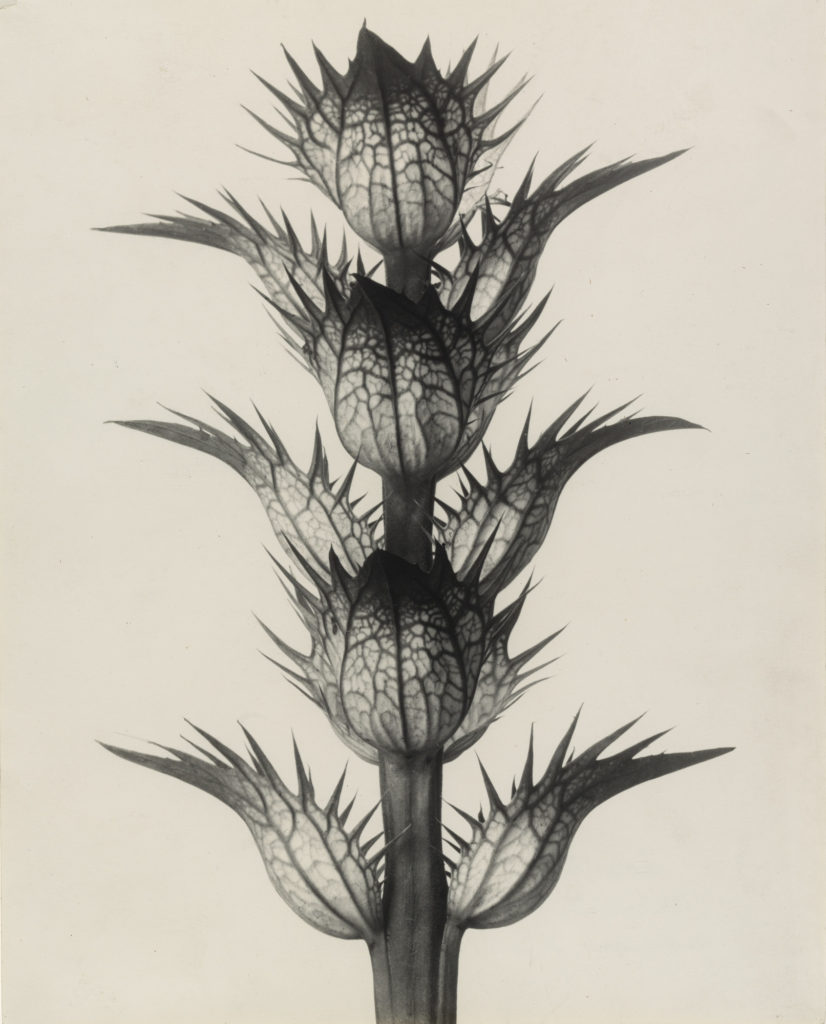

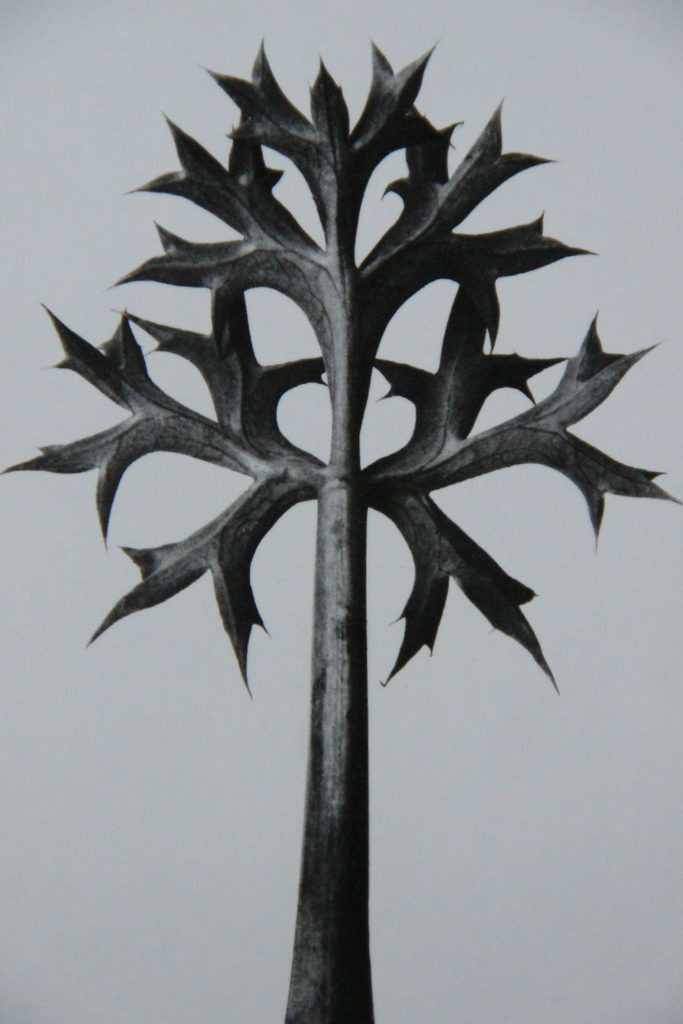
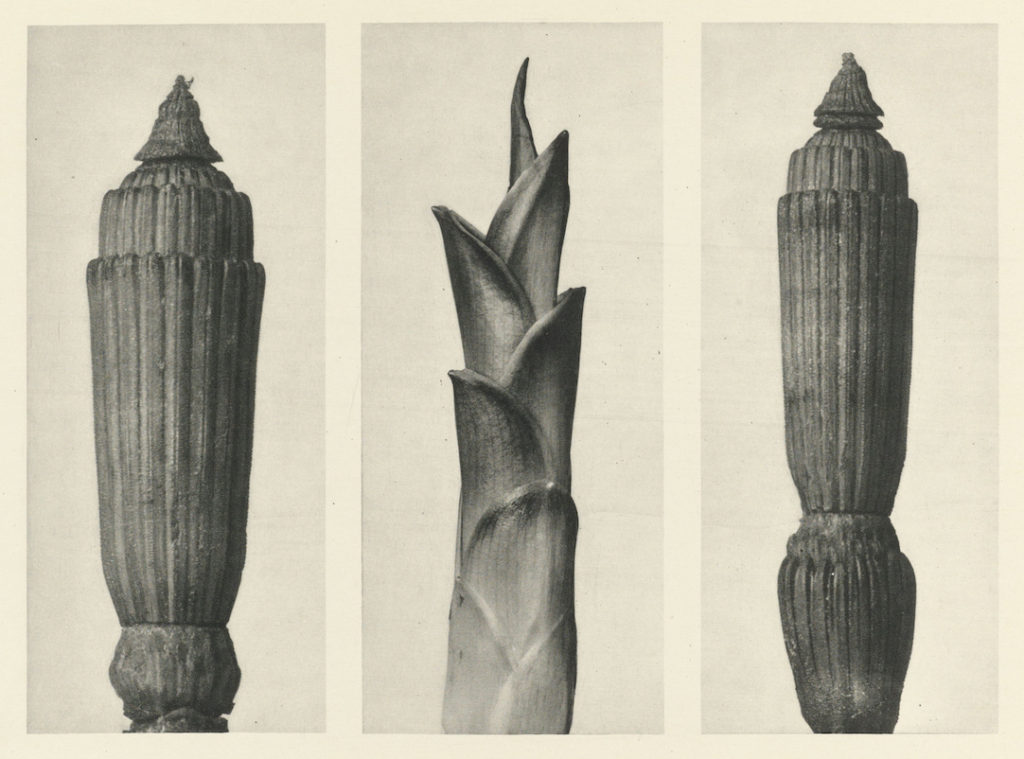
Formalist Photography: The design, composition and lighting are dominant over subject matter. The photographer becomes a visual designer whenever a frame is captured. In camera cropping concentrates on the desired subject while eliminating everything else. Formalism describes the critical position that the most important aspect of a work of art is its form – the way it is made and its purely visual aspects – rather than its narrative content or its relationship to the visible world.

Peter Fraser is a British fine art photographer. He was shortlisted for the Citigroup Photography Prize in 2004. He was born in 1953 (age 69 years) in Cardiff, United Kingdom. Peter Fraser attended schools in Cardiff, Glamorgan and the Rhondda Valley. He acquired his first camera at the age of 7, and after a false start studying Civil Engineering, at 18, began studying photography at Manchester Polytechnic the following year. In the summer of 1974 he lived in New York and worked at the Laurel Photography Bookstore at 32nd St and 6th Avenue which significantly expanded his sense of photography’s expressive possibilities. He graduated in 1976.

Visual: The colours in this image are quite bright and bold. The white areas in the middle of the photo become the area of focus as they are the most highlighted area of the photo. The tone mostly concluded of dark colours with highlights, and the illuminated centre contrasts with the dark rim around it and the bold redness of the wire. The wire has many different textures, mostly being made up of the gritty texture in the centre, which further adds to it being the area of focus. The wire is made out of many circles, the outside of the wire being a 3D cylinder. There is a repetition of circles seen throughout the photo, starting with the circles in the middle of the wire and spreading through the entire photo. The curved ridges on the exterior of the wire create a pattern, creating a pattern that causes our eyes to follow it until we reach the edge of the edge of the picture.
Technical: This picture appears to have been taken so that there was a shallow DoF- meaning the aperture must’ve been quite widely open and set in the lower f-numbers. The shallow DoF causes the background behind the wire to be blurry, making the wire stand out and be a clear area of focus.
